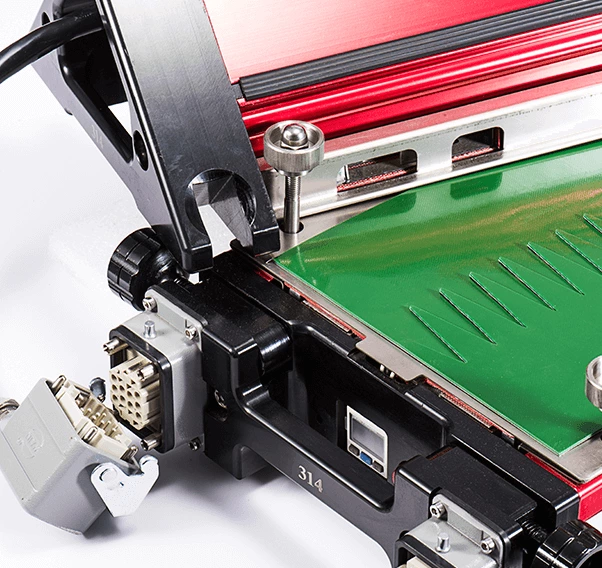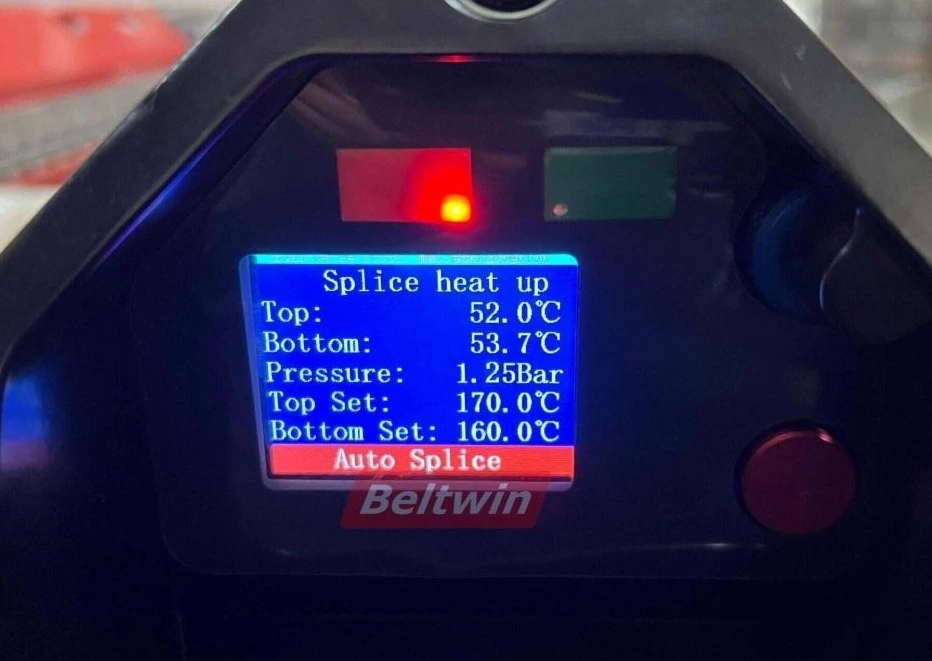Tips To Prevent You To Avoid Some Common Splicing Conveyor Belt Failures
In our experience, splicing belt failures typically occur. Some reasons are as follows.
1. Temperature. Once a splice is made, some times they will get subjected to high heat down the manufacturing line, like 350-degrees or higher. And as we already know, the tackiness of the adhesive belt is very temperature dependent. Too cold and the belt won’t bond. Too hot, and the bond might melt.
2. Operator Error. It’s not always roll and go. Did you put enough pressure on the belt? Did you clean the surface before operating? Did you remove the liner?
3. Machine mis-calibration. Machines rely on two things to stay running properly: a skilled operator and routine calibration. If a splice bar isn’t calibrated properly, the splice might fail. It appears like an adhesive failure, but a micrometer difference in pressure could affect the success of the splice.
4. Belt Splice Time. Flying splices are called that for a reason. They are splices done at very high speeds. You not only need a high tack for quick stick, but you need it to hold.
5. Belt Release. This one is simple. You didn’t choose the right belt for the substrate.
Splicing belt failures can happen if you do not get one of these features in the belt you select.
How to prevent splice failure:
1. Test, and test again. The package label of belt made monumental promises, but generally speaking, belt testing should always be done prior to use and in the field with real conditions. Always test the belt to make sure it delivers the performance you expect.

2. Check the temperature. Carefully factor in the temperature variables, everything from storage temperature, ambient temperature, and running temperature.
3. Check the splice time and pressure. The most important thing for the belt splice is according to the thickness and material to set correct splice time and pressure. Especial for the dwell time, and speack to the cooling time also will be kind different for the belts. Air cooling would be the good choice for the belt splice.

4. Consider the substrate. The correct belt for the right surface is critical. With new and improved products being made every day by manufacturers, substrates changes, and sometimes the belt for splicing needs to as well.
5. Proper storage. belt storage is sometimes critical for success. When materials are bought in bulk and stored in dirty, wet, or extremely hot or cold conditions for extended periods of time, the belt adhesive could deteriorate.
Beltwin All in One Air Cooling Press can help you to impove the splice quality and save time , high effiect. Here is the link for our air cooling press for your information:
www.beltwin.com/for-pvc-pu-belts/air-cooling-pvc-pu-belt-splice-press-pa300-2400

 Русский
Русский Deutsch
Deutsch Français
Français Español
Español Português
Português